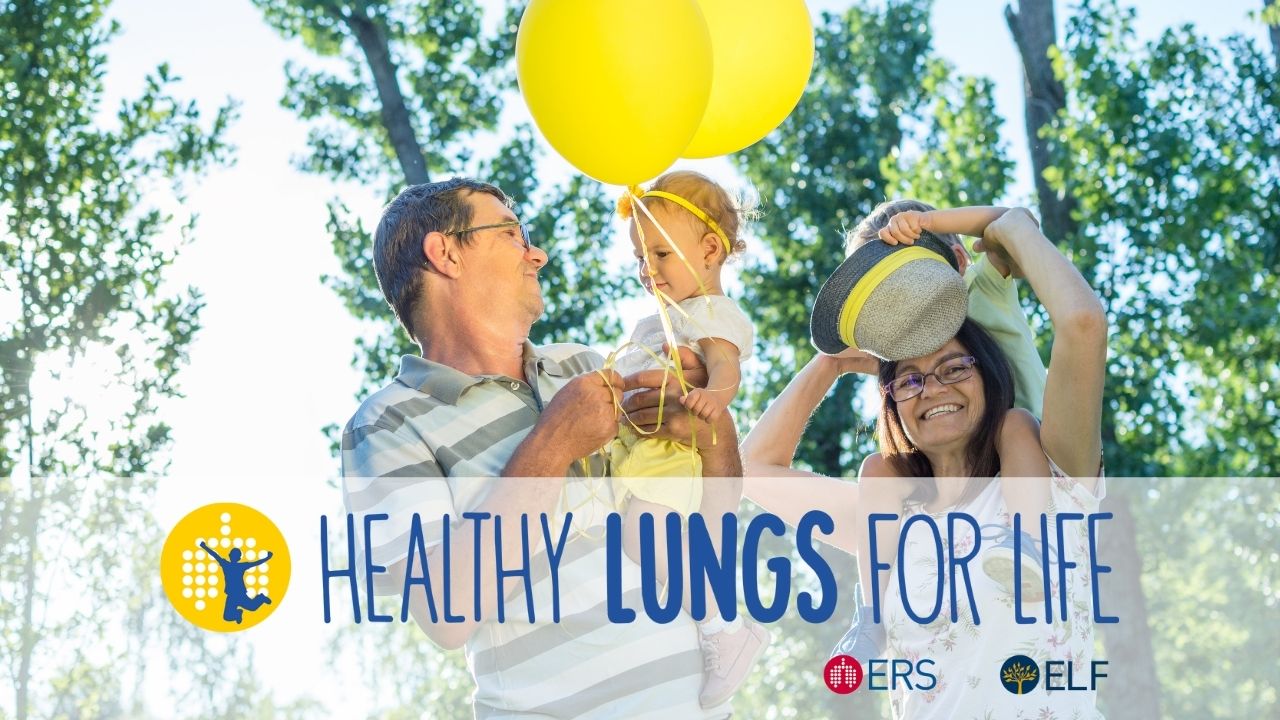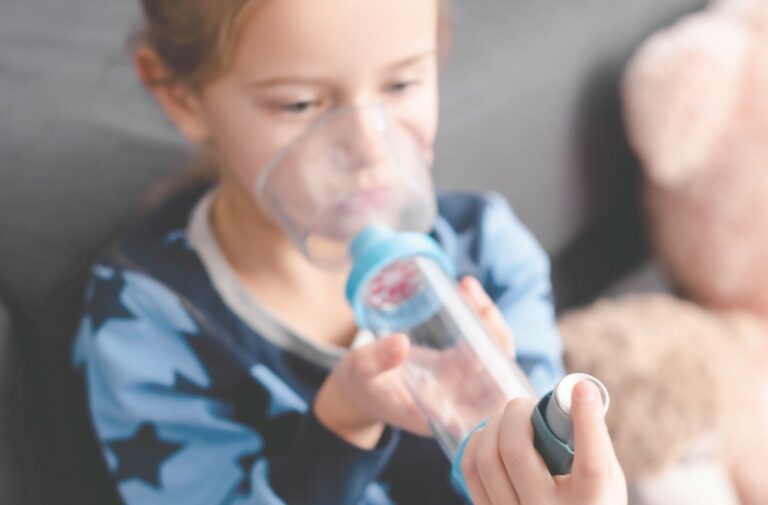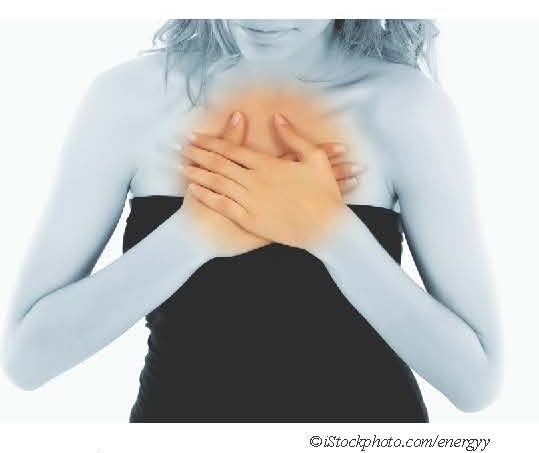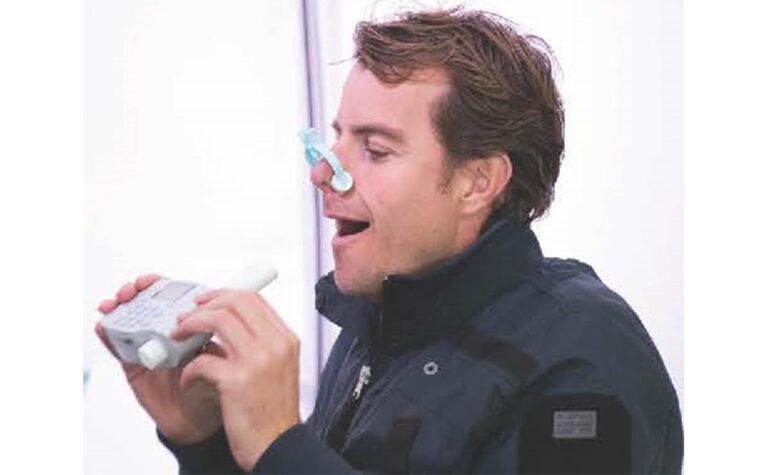Asthma in childhood
Asthma is a condition that causes inflammation in the airways. It is the most common long-term condition in children.
Asthma can start at any time of life, but is likely to begin in childhood.
Symptoms
Common symptoms of childhood asthma include:
- Wheeze
- Breathlessness
- Chest tightness
- Coughing
Symptoms occur often at night or in the early morning.
Sometimes symptoms can worsen over hours or minutes, leading to a severe obstruction of the airways known as an asthma attack. Acute asthma is the most frequent cause of admission to hospital in children of all ages.
Deaths from asthma are low and over recent years the number has deceased across Europe. Research suggests that 9 out of 12 deaths from asthma are due to anaphylaxis with asthma caused by food allergy.
Causes
Asthma results from an interaction between environmental factors and genetic factors.
Environmental factors
Exposure to smoking, either through a mother who smokes during pregnancy or once a baby is born, is known to increase the risk of asthma and poor lung function throughout childhood.
Respiratory virus infections during childhood can lead to the development of asthma or acute asthma attacks. Some children who are hospitalised for respiratory syncytial virus (RSV) later develop asthma. 65% of all asthma attacks in school children are due to rhinovirus infection.
Allergens such as house dust mites and animal hair can also contribute to the development of asthma. Approximately 60% of school-age children with asthma have allergies, particularly to animal dander, house dust mites and moulds, as well as plant pollens.
Genetic factors
The risk to develop asthma is higher in children with parents or siblings who suffer from allergies or asthma. Asthma and allergies have strong links with the genes inherited from parents. Experts are currently looking at the different genetic characteristics of asthma to identify markers of the condition. These vary between people as asthma affects everyone differently. Additionally, genetic factors often mean that people respond to treatments differently. Environmental exposure can cause changes in genes. These changes may then be inherited by the next generations and increase the risk of asthma development (epigenetic mechanisms).
A key area of research for childhood asthma is understanding more about the genetics of the condition and identifying markers to help experts predict how people will respond to different treatments.
Exercise
Exercise can also cause asthma exacerbations. This form of the condition is known as exercise-induced asthma. However, if exercise is managed properly, it can be a great benefit to help children manage their symptoms.
Overweight
Children who are overweight have a higher risk of developing asthma compared to children who have a healthy weight for the age and height. This risk can be reduced if children maintain a healthy weight and keeping active each week.
Prevention
Efforts to prevent childhood asthma include:
- Avoiding exposure to tobacco smoke
- Reducing exposure to allergens, such as dust mites and animal fur
- Vaccination for Respiratory syncytial virus (RSV)
- Asthma education and helping children and parents take necessary precautions
- Keeping at a healthy weight, eating well and staying active
Diagnosis
In children, asthma is often identified when a child displays common symptoms of wheeze, a tight chest or cough. To check for asthma, a healthcare professional will look at:
- Family history
- Medical history: lung infections, atopic dermatitis, food allergies, allergic rhinitis
- Allergy testing
- Physical examination
- X-ray thorax
- Exhaled Nitrite oxide test (if available)
Some of these tests can be tricky for children, especially younger children, to do. Healthcare professionals may also suggest trying different asthma medications to see if they help improve symptoms. If symptoms start to improve, it could suggest a diagnosis of asthma.
You can find out more about recommendations for diagnosing asthma in clinical guidelines. Healthcare professionals use this document as a ‘best practice’ document in how to diagnose, manage and treat specific conditions.
Treatment
Medications for treatment include:
- Controller medication: This medication is taken regularly to build up a protective effect against asthma symptoms. This medication is usually in the form of inhaled corticosteroids (ICS), used with or without long-acting β-agonists
- Reliever medication: These are taken to relieve asthma symptoms. They relax the muscles surrounding the narrowed airways and can be used in the event of an asthma attack or worsening of symptoms. These are usually in the form of short-acting β-agonists
- Biologicals like Omalizumab, Dupilumab and others are now also approved for severe asthma in children
- Immunotherapy against pollen, house dust mite may reduce the risk and disease burden of asthma in allergic patients
The way a child takes their medicine is very important, to make sure the medicine works properly. Healthcare professionals can help children get the right technique for taking their medicine and different devices are available to try.
Asthma care involves more than just drugs. Participation in activity and exercise is very important in childhood asthma and is encouraged. Eating well, including a diet with healthy food, can also help.









